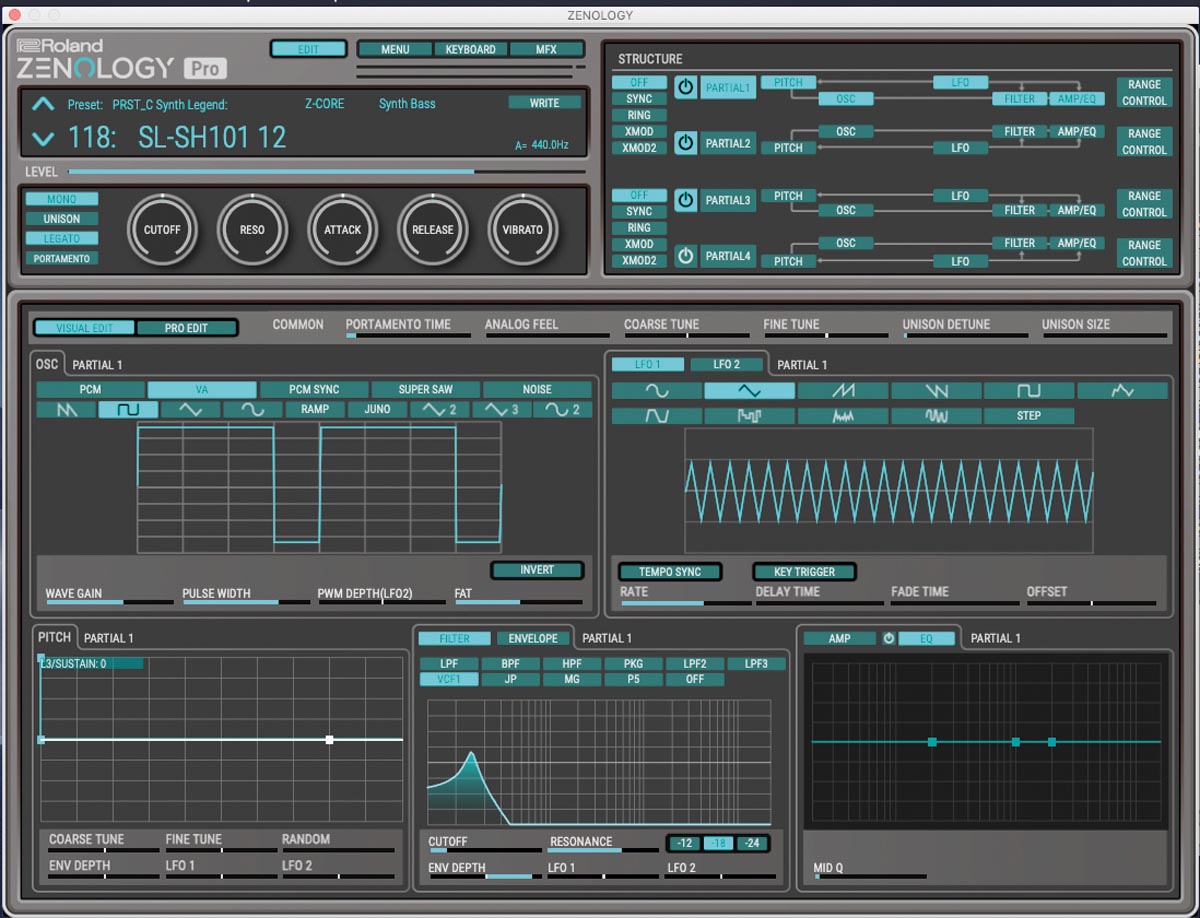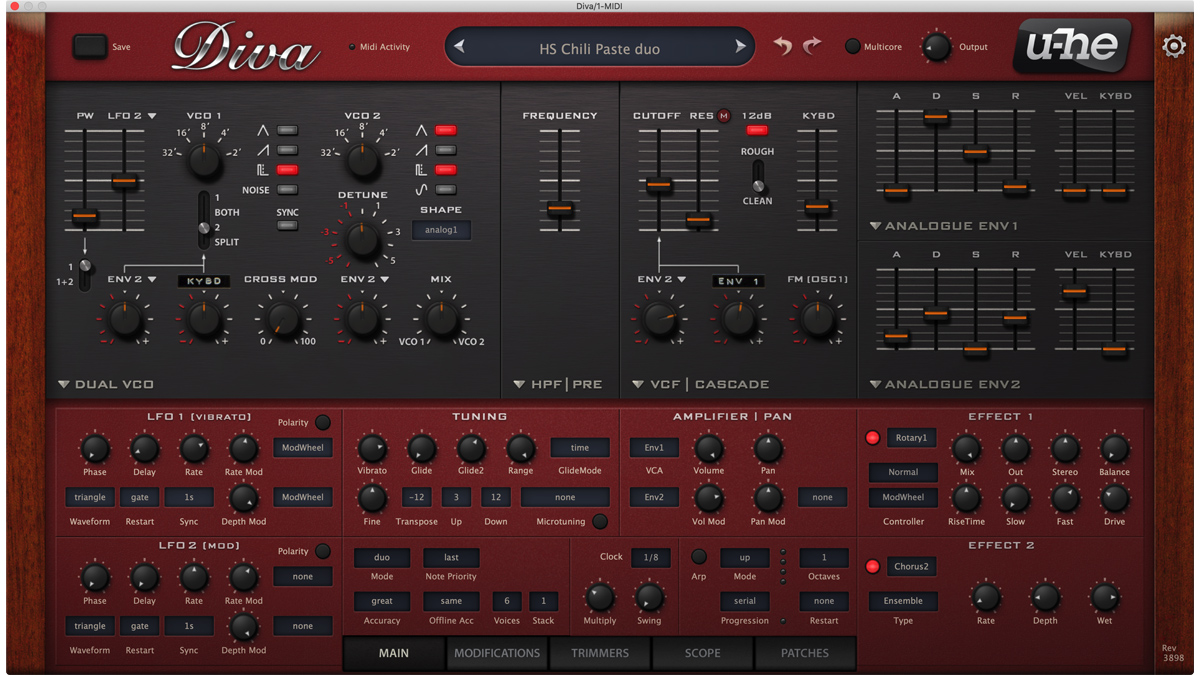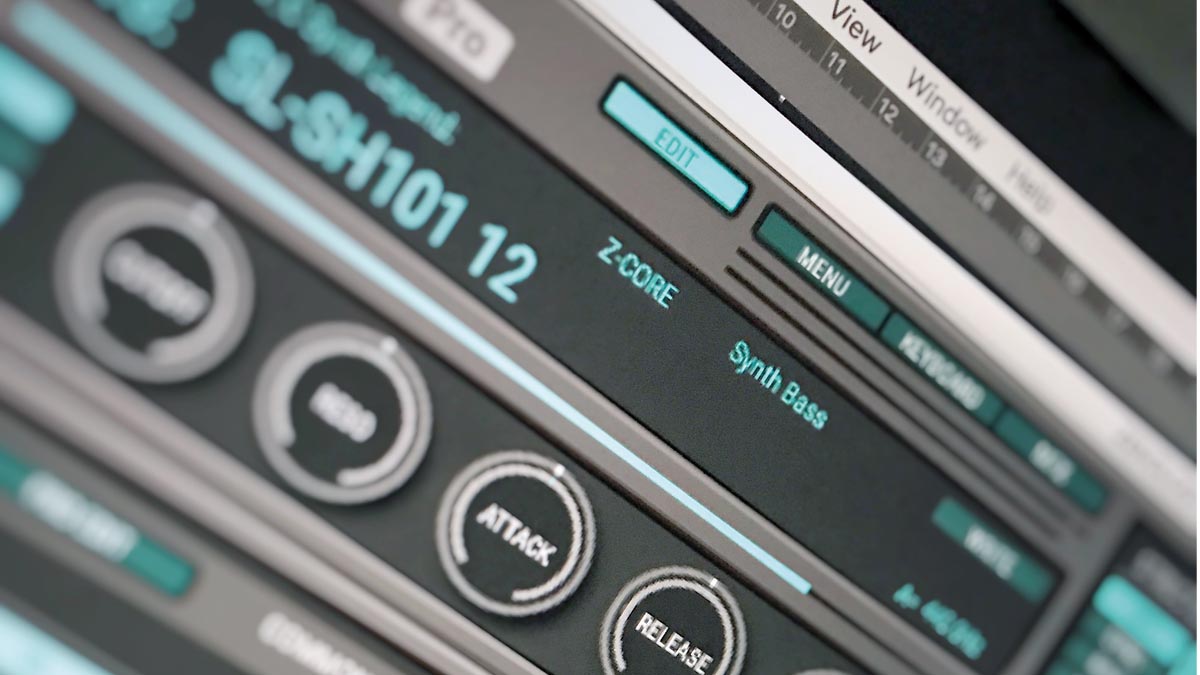MusicRadar Verdict
Zenology Pro sounds good, and is great for use with Zen-Core hardware, but as a plugin it’s held back by a dated interface and workflow.
Pros
- +
Large library of quality PCM samples.
- +
Can send custom patches to Zen-Core hardware.
- +
Good keyboard split/layer capabilities.
Cons
- -
Interface looks and feels dated.
- -
Fixed modulation routings.
MusicRadar's got your back
What is it?
Earlier in the year, when we reviewed Roland’s Zenology application, we found it to be a handy source of classic sounds, albeit fairly simple in its form at the time, which was pretty much just a preset player.
On release, Roland promised big things to come, including new emulations of analogue hardware – which have rolled out since – and full pro-level ‘power synth’-style features. The latter element has now arrived, in the form of Zenology Pro.
Essentially, Zenology Pro gives users access to the full toolset of Roland’s Zen-Core engine, which is the power behind Zenology and recent hardware including the MC-707 and Jupiter X.
At root, the engine uses a system of Partials, four of which can be used for each sound, each making use of either PCM samples or virtual analogue waveforms. These Partials are arranged in pairs, with the options to engage sync, ring mod or cross mod between Partials 1 and 2 or 3 and 4.
Each oscillator section has five options: PCM, virtual analogue, PCM Sync – a choice of PCM waves that allow for oscillator sync between Partials – Supersaw and Noise. Each section has its own parameter settings and options, so users can choose between waveshapes and set source samples. Interestingly, PCM mode has a stereo function that lets individual samples be set for the left and right channels of each Partial.

Beyond this, each Partial has a multi-mode filter, two LFOs plus an envelope-controlled amp and an EQ.
These are mostly standard fare, but there are a few nice touches; the filters have multiple settings including several Roland hardware emulations (although no notch filters, sadly), and the LFOs have a step sequencer mode for rhythmic modulation.
Want all the hottest music and gear news, reviews, deals, features and more, direct to your inbox? Sign up here.
Performance and verdict
More so than in its basic form though, Zenology Pro suffers from how dated its interface feels. Although it’s nice being able to jump easily between Partials and different synth elements using the structure view at the top of the UI, too many parameters are controlled primarily via fiddly sliders, and the less said about the spreadsheet-like Pro Edit window, the better (fortunately this latter element can be largely avoided).
Next to most modern softsynths, the modulation routing is fairly inflexible too. Filters, oscs and amps have their own envelopes, and LFOs can be applied to most logical places – again, via sliders – but there’s no cross-modulation of modulators and Zenology lacks the ‘click and drag’ freedom we’re used to when setting up modulation in modern plugins.

• u-he Diva
Diva's got everything you need to carve out any basic analogue sound, and then some. It's meat and potatoes with added spice, and digging beneath the surface, you'll find plenty of advanced features such as powerful modulation options and per-voice fine-tuning.
• IK Multimedia SampleTank 4 Max
However, that extraordinary sound library brings incredible sonic range to the package, too, surely qualifying it as the most expansive - and, indeed, expensive – ROMpler ever made. Immense.
Zenology Pro’s biggest selling point is its vast library of quality PCM samples, many sampled from classic Roland gear. It’s well-equipped for keyboard splits and layers too.
For Zen-Core hardware users Zenology Pro is a no-brainer, since it lets you create complex custom patches to then share with the hardware. As a standalone virtual synth, however, its UI feels a generation behind the competition.
MusicRadar verdict: Zenology Pro sounds good, and is great for use with Zen-Core hardware, but as a plugin it’s held back by a dated interface and workflow.
The web says
"Of course, Roland’s new offering isn’t the only option in its field but it’s one that’s backed by almost 50 years of synth-design and sound-design know-how – and this experience shows in the quality of the instrument’s sounds."
MusicTech
Hands-on demos
Synth Anatomy
Roland
Doctor Mix
Specifications
- TYPE: PCM and virtual analogue synthesiser
- KEY FEATURES: Included in Roland Cloud’s Pro membership ($9.99/month or $99/year). Lifetime licence also available for $229. 3,000+ sounds, 80 drum kits, compatible with Zen-Core hardware
- CONTACT: Roland
I'm the Managing Editor of Music Technology at MusicRadar and former Editor-in-Chief of Future Music, Computer Music and Electronic Musician. I've been messing around with music tech in various forms for over two decades. I've also spent the last 10 years forgetting how to play guitar. Find me in the chillout room at raves complaining that it's past my bedtime.
